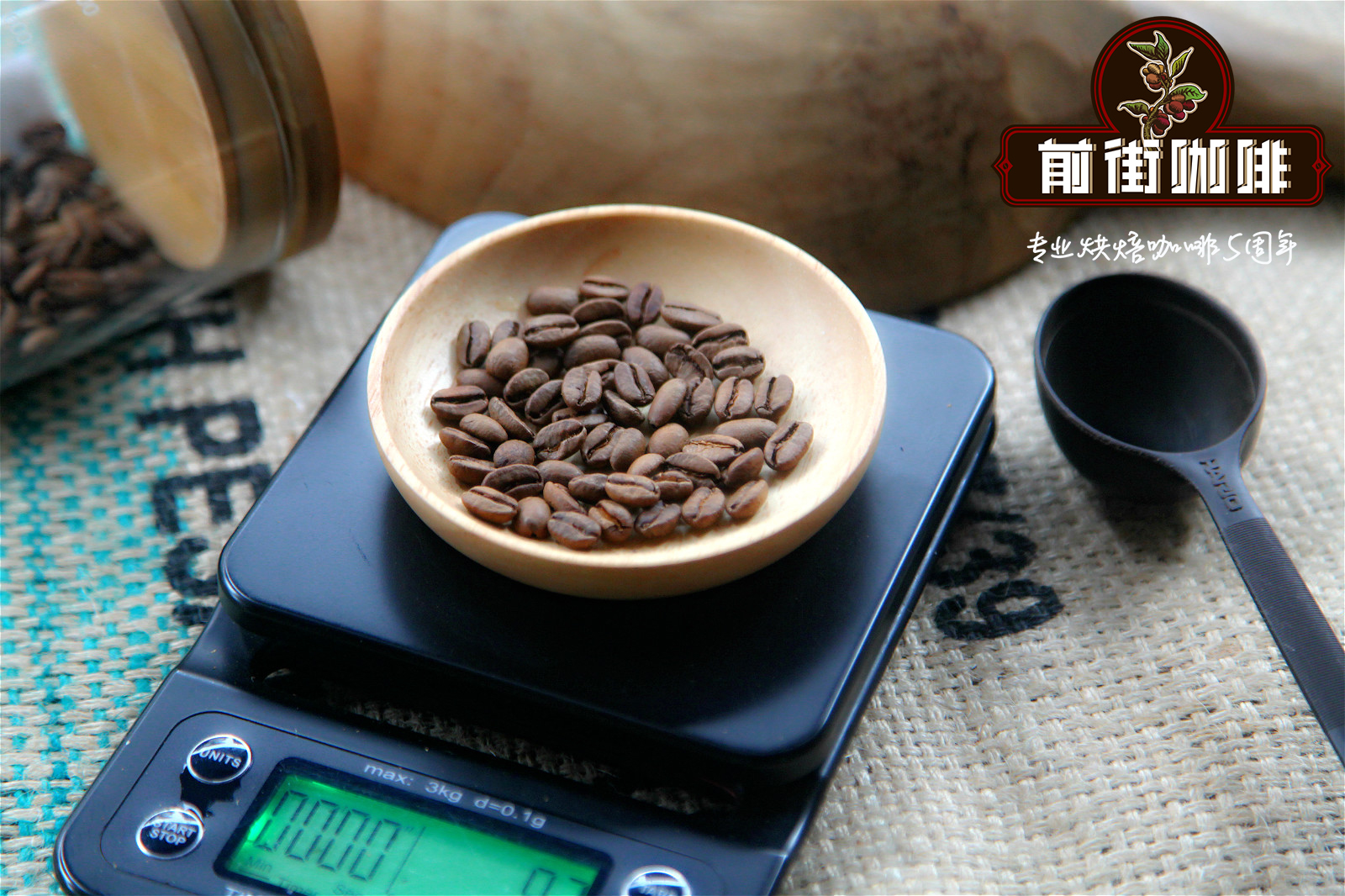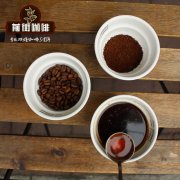How to drink Tarazhu Coffee in Pastola Village, Costa Rica _ Coopetarrazu Tarazu Cooperation

Professional coffee knowledge exchange more coffee bean information please follow the coffee workshop (Wechat official account cafe_style)
Coopetarrazu
In the Los Santos de Tarrazu region, Costa Rican coffee producers have teamed up with COOPETARRAZU. The cooperative was founded by 228 smallholder farmers in 1960. They gathered together to face the challenges of coffee production and find a better market for Costa Rican coffee. For more than 50 years, the cooperative has grown into the largest cooperative in the region. Today, they provide an institution for more than 3000 smallholder producers.
Through the Fair Trade Certification process, Coopetarrazu centralizes all industrial and commercial activities in the practice of environmentally sustainable development. In this way, cooperatives can improve the quality of their products, as well as the quality of life of community members.
In 2006, cooperatives established the Sustainable Development Plan for the quality of Life of Coffee Culture. Through this plan, cooperatives are intended to track environmental impacts, implement better practices and create a culture of environmental awareness. As part of its strategy to improve productivity, COOPETARRAZU provides various training programs for its members and conducts engineering visits to farms.
Through the quality of Life Sustainability Program, COOPETARRAZU provides free soil analysis to its members. These customized soil analyses show the impact of farmers on the surrounding ecosystems on the soil. Coffee growers, in turn, learn to adjust their practices according to specific soil needs.
In addition, COOPETARRAZ Port has invested in producers of organic fertilizer supply cooperatives. The process of planting erosion seriously affects productivity. Through the organic matter of this fertilizer, the fertile productivity of the soil is partially restored. In addition, in cooperation with the Coffee Institute and other organizations, COOPETARRAZ Port is testing new varieties of coffee to provide higher productivity, disease resistance, especially high-quality cup testing.
Grading:
Costa Rican coffee beans are graded by altitude.
SHB "extremely hard beans": coffee beans that grow more than 1200 meters above sea level.
HB hard beans: coffee beans that grow between 1000 meters and 1200 meters above sea level.
SH slightly hard beans: coffee beans growing below 1000 meters above sea level.
Altitude always represents the quality of coffee, and high altitude means better quality. In addition, due to the high altitude drop caused by sufficient rainfall, is very beneficial to the growth of coffee trees; and high altitude night temperature is low, resulting in slow growth of trees, so that coffee fruit better absorb more nutrients, coffee flavor is also richer. Although Costa Rica has won the recognition of coffee gluttons through honey-treated coffee beans, it is also closely related to the superior geographical and climatic conditions of Costa Rican coffee and the selection of Arabica varieties of coffee grown.
END
Important Notice :
前街咖啡 FrontStreet Coffee has moved to new addredd:
FrontStreet Coffee Address: 315,Donghua East Road,GuangZhou
Tel:020 38364473
- Prev

Costa Rica dark red fruit sun-dried Colorado coffee beans introduction _ sun-dried Costa Rican coffee
Professional coffee knowledge exchange more coffee bean information please follow the coffee workshop (Wechat official account cafe_style) Colorado Springs Costa Rican coffee Tarazu S.H.B refers to the very hard beans above 1200 meters above sea level, which means high quality Costa Rican coffee. Suitable for medium baking and deep baking. The roasted coffee beans have full grains, weak bitterness and soft acidity.
- Next

Kopi Luwak | principle of in vivo fermentation of civets? Sidamo candlelight exquisite sun fermentation treatment?
Professional coffee knowledge exchange for more information about coffee beans, please follow the coffee workshop (Wechat official account cafe_style) Kopi Luwak | the principle of civets' fermentation in vivo? Sidamo candlelight exquisite sun fermentation treatment? Sun drying, showing a strong aroma of wine, this is the most primitive, the most simple, the longest treatment of coffee, according to relevant literature records, as early as 1000 years ago in the 11th century.
Related
- Detailed explanation of Jadeite planting Land in Panamanian Jadeite Manor introduction to the grading system of Jadeite competitive bidding, Red bid, Green bid and Rose Summer
- Story of Coffee planting in Brenka region of Costa Rica Stonehenge Manor anaerobic heavy honey treatment of flavor mouth
- What's on the barrel of Blue Mountain Coffee beans?
- Can American coffee also pull flowers? How to use hot American style to pull out a good-looking pattern?
- Can you make a cold extract with coffee beans? What is the right proportion for cold-extracted coffee formula?
- Indonesian PWN Gold Mandrine Coffee Origin Features Flavor How to Chong? Mandolin coffee is American.
- A brief introduction to the flavor characteristics of Brazilian yellow bourbon coffee beans
- What is the effect of different water quality on the flavor of cold-extracted coffee? What kind of water is best for brewing coffee?
- Why do you think of Rose Summer whenever you mention Panamanian coffee?
- Introduction to the characteristics of authentic blue mountain coffee bean producing areas? What is the CIB Coffee Authority in Jamaica?

